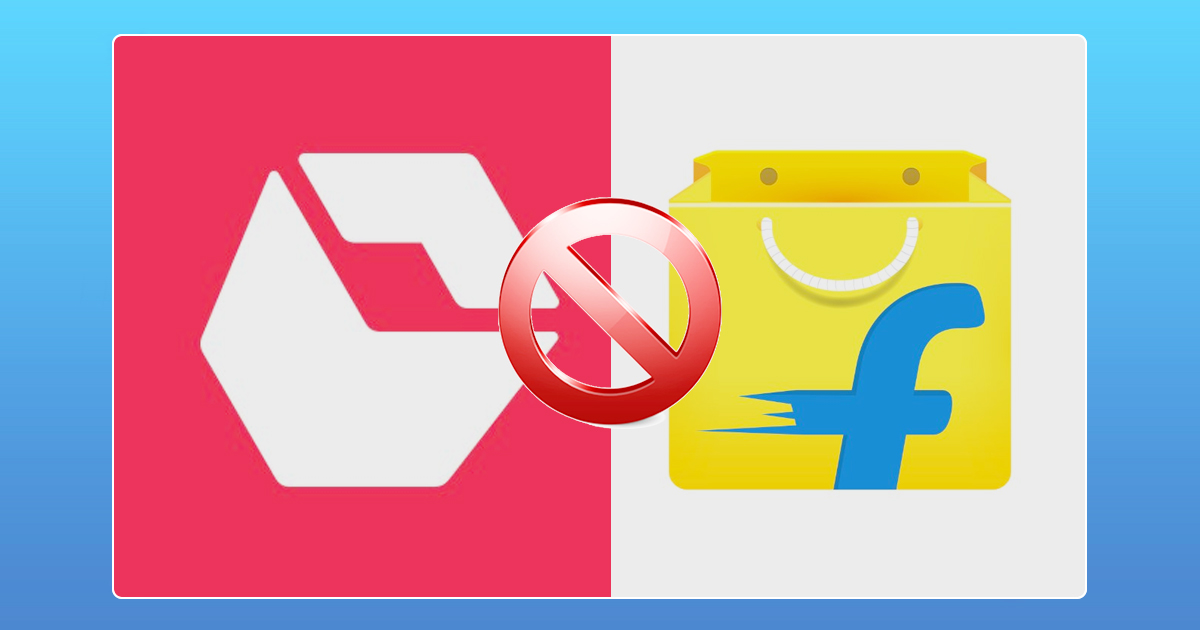The much talked about and hyped merger between the two home grown ecommerce rivals Flipkart and Snapdeal has been officially canceled. The Gurgaon based startup wants to pursue an ‘independent path’ and therefore will terminate all other strategic discussions, including the merger talks with Flipkart.
Termed as one of the biggest consolidation in the Indian ecommerce ecosystem, this merger has been the most talked about acquisition for the past five months with countless board meetings and multiple twists. A Snapdeal spokesperson in a statement said Snapdeal has been exploring various strategic options over the past several months and has finally decided to pursue an independent path. The spokesperson also added, Snapdeal has a new and compelling direction Snapdeal 2.0 and have made significant progress towards the ability to execute this by achieving a gross profit this month.
Both the majority shareholders of Flipkart and Snapdeal, Tiger Global and SoftBank had been pushing for this merger. SoftBank, which presently owns more than 47% of Snapdeal, would also invest in the merged entity and buy out one third of Tiger Global’s Flipkart shares. According to various reports, SoftBank might still invest in Flipkart and not continue its association with Snapdeal.
A spokesperson for Softbank said they will remain invested in the vibrant Indian ecommerce space and look forward to the results of the Snapdeal 2.0 strategy. They also added both Masayoshi Son’s and SoftBank’s investment philosophy has always been supporting entrepreneurs and their vision and aspirations. Therefore they respect Snapdeal’s decision to pursue an independent strategy.
Cofounders of Snapdeal Kunal Bahl and Rohit Bansal have been hesitant to merge with Flipkart since the very beginning, fighting SoftBank tooth and nail to prevent the deal. They have also been in talks with senior executives of various firms looking for alternative routes. Reports also mentioned the founders were also in talks with business to business major Infibeam, for a possible merger.
Flipkart’s revised termsheet also held various holdbacks and clauses as protection from all the decisions taken by the Snapdeal board that might have an effect on the company after the merger for a period of two years. The new clauses laid the blame of any wrongdoing on the Snapdeal shareholders and held back a part of the money for the first couple of years. Ratan Tata, Foxconn, Temasek and BlackRock had given their in principal approval for the merger. The approval of 26 other shareholders was required for the deal to go through.
Snapdeal found a little breathing space after the sale of its online digital payments platform FreeCharge to Axis Bank in a Rs. 385 crores all cash deal. The all cash sale provided Snapdeal with the ammunition necessary to remain independent for a couple of more years and retain their control over the online market space. Post the sale of FreeCharge Kunal Bahl, in an email to all employees, termed the acquisition a great outcome calling the second chance an opportunity of a lifetime they must seize. Snapdeal has also been looking to sell their logistic arm Vulcan Express.


iwin
November 7, 2025 at 4:42 am
iwin – nền tảng game bài đổi thưởng uy tín, nơi bạn có thể thử vận may và tận hưởng nhiều tựa game hấp
谷歌站群
November 9, 2025 at 7:56 am
专业构建与管理谷歌站群网络,助力品牌实现全域流量的强势增长。谷歌站群
ios超级签
November 11, 2025 at 2:14 pm
苹果签名,苹果超级签平台,ios超级签平台ios超级签苹果企业签,苹果超级签,稳定超级签名
Kuwin
November 14, 2025 at 4:39 am
kuwin sở hữu kho game đa dạng từ slot đến trò chơi bài đổi thưởng, mang đến cho bạn những giây phút giải trí tuyệt vời.
MM88
November 15, 2025 at 6:22 am
Khám phá thế giới giải trí trực tuyến đỉnh cao tại MM88, nơi mang đến những trải nghiệm cá cược thể thao và casino sống động.
MM88
November 20, 2025 at 9:45 pm
Với giao diện mượt mà và ưu đãi hấp dẫn, MM88 là lựa chọn lý tưởng cho các tín đồ giải trí trực tuyến.
GO88
December 1, 2025 at 3:36 am
Tham gia cộng đồng game thủ tại Go88 để trải nghiệm các trò chơi bài, poker phổ biến nhất hiện nay.